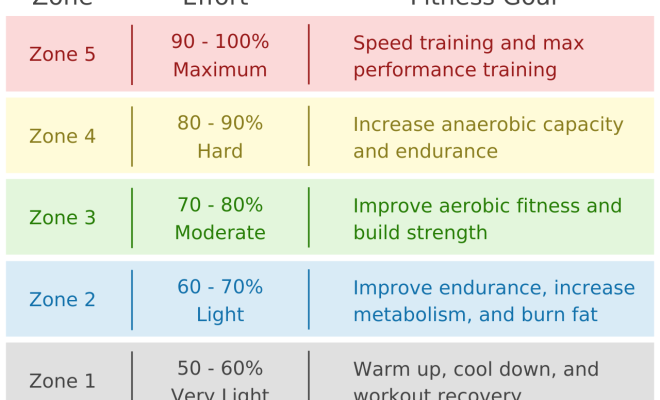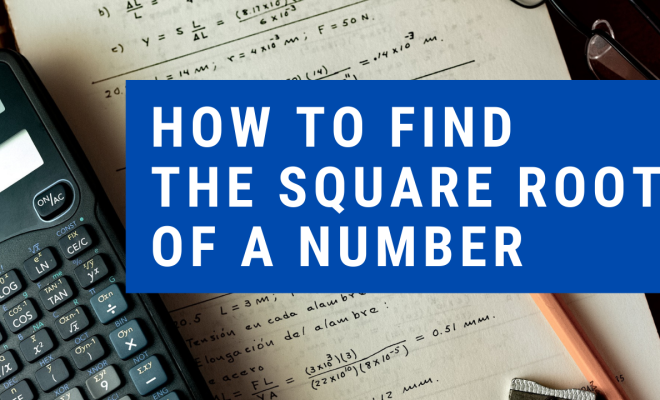How to Calculate Apparent Power: A Comprehensive Guide

Introduction
In electrical engineering, the calculation of power is a crucial step in designing and understanding the performance of electrical systems. There are several types of power: active (real) power, reactive power, and apparent power. This article aims to provide a comprehensive guide on how to calculate apparent power in an electrical circuit.
Understanding Apparent Power
Apparent power represents the total power in an electrical system. It is the product of voltage and current, expressed in volt-amperes (VA). Apparent power is essential because it helps to classify the efficiency of an electrical system and ensure that the system’s components have adequate capacity for their intended use.
The relationship between active power, reactive power, and apparent power can be understood through the power triangle. In this triangle, the horizontal (x-axis) represents active power, the vertical (y-axis) represents reactive power, and the hypotenuse represents apparent power.
Calculating Apparent Power
To calculate apparent power in a single-phase system, follow these two steps:
1. Multiply voltage (V) by current (I)
2. Determine the result in volt-amperes (VA)
Apparent Power (S) = V x I
For example, consider an electrical system with a voltage of 120 volts and a current of 10 amperes:
S = 120 V x 10 A = 1200 VA
To calculate apparent power in a three-phase system, use this modified formula:
Apparent Power (S) = √3 x V x I
For example, consider an electrical system with a voltage of 480 volts and a current of 30 amperes:
S = √3 x 480 V x 30 A ≈ 24096 VA or 24.1 kVA
If you know the active power (P) and reactive power (Q) of a system, you can also calculate apparent power using the Pythagorean theorem:
Apparent Power (S) = √(P² + Q²)
For example, consider an electrical system with an active power of 1000 watts (W) and a reactive power of 1500 volt-amperes reactive (VAR):
S = √(1000² W + 1500² VAR) ≈ 1802.8 VA
Conclusion
Calculating apparent power can help you better understand the efficiency and capacity requirements of an electrical system. With these calculations, accurately designing and assessing electrical systems becomes more manageable. Remember to use the appropriate formula for single-phase or three-phase systems and always work with caution when dealing with electricity.






